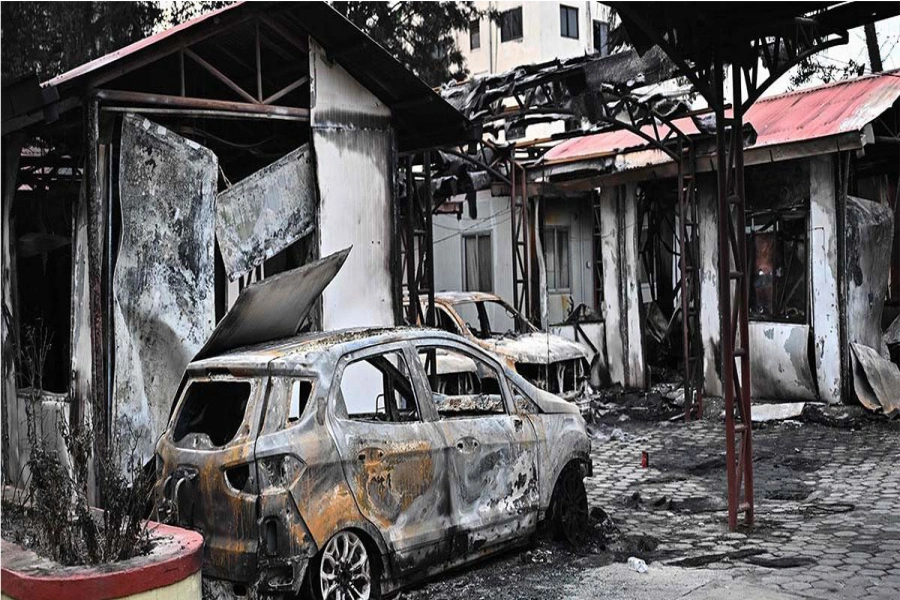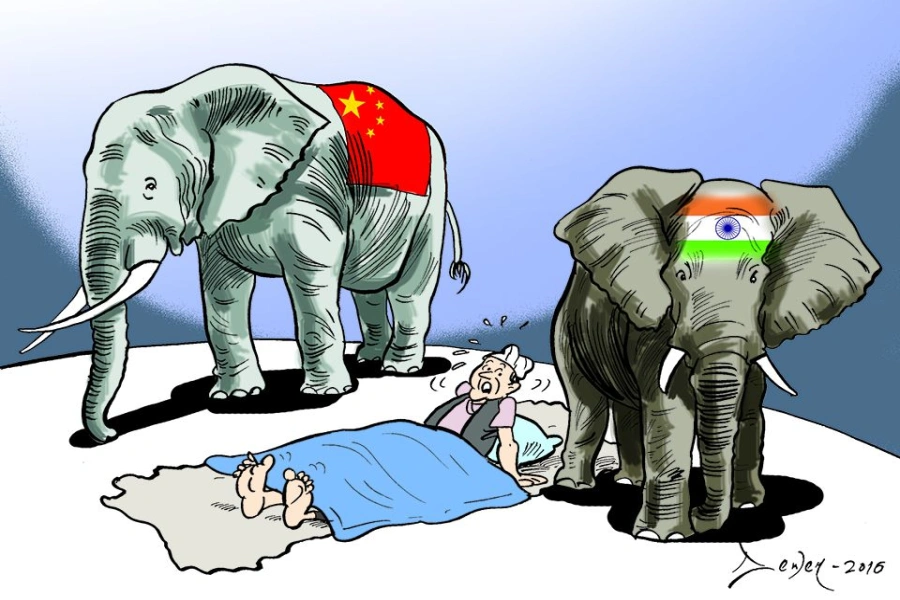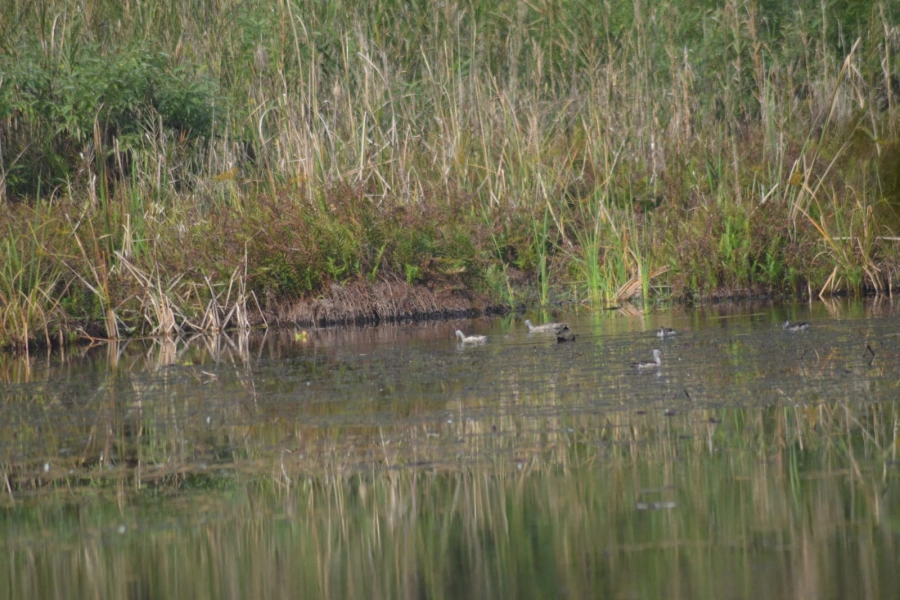KATHMANDU, May 3: As many as 600 people die every year due to the pollution arising from the brick kilns in Nepal and the associated Disability Adjusted life years (DALYs) are roughly 4,800, a study shows.
DALYs is a measure of the overall disease burden, expressed as the number of years lost due to ill-health, disability or early death.
Published last Thursday and commissioned by the World Bank, the report said that the economic costs of public health of the brick sector in Nepal is about US $ 46 million per year.
The report “Dirty Stacks, high stakes, an overview of Brick Sector in South Asia” has reviewed brick industries in three countries of South Asia - Bangladesh, India and Nepal - and offers an analytical discussion on the sector’s technological, institutional and regional particularities.
“It is estimated that about 600 deaths were caused by the pollution of the brick sector in Nepal in 2015,” said Prajwal Baral, a co-author of the report.
SC orders closure of brick kilns operating in Panchkhal

A total of 1,600 brick kilns are operating in Nepal with an annual production of five billion bricks. The Kathmandu Valley alone has around eight percent of the total brick kilns in Nepal, with 122 brick kilns.
The report has expressed concern over the use of traditional technologies and negligible adoption of modern technologies.
“Despite such devastating impacts of brick sector related pollution, Nepal has less than one per cent market penetration of advanced and efficient technologies which includes Hoffman, Hybrid Hoffman (HHK) and Tunnel Kiln (TK)”, Baral said.
In terms of air pollution, Mobile Chimney Kiln (MCK) and Fixed Chimney Kiln (FCK) are the most polluting technologies and they are widely used in Nepal while HHK and TK are considered to be the cleanest.
The study has found that brick kilns, which involves the burning of low-grade coal, are major contributors to air pollution in Nepal. In Kathmandu, the brick kilns are estimated to be responsible for approximately 28 per cent of the total Particulate Matter 10 (PM10) concentrations and contribute 40 percent of Black Carbon (BC) in winter. Black carbon is considered to contribute to global climate change and other regional climate problems such as weakening monsoon and accelerated glacier melt.
The report mentions the lack of adequate investment and bank financing, low levels of human capital and know-how, weak or absent regulation, oversight, poor working conditions and wages; and largely stalled transition to higher-quality products and more efficient production technologies and approaches, as major barriers of the modernization and improvement of brick sector in Nepal.
The report recommends small scale Tunnel Kilns with a daily production capacity of 50,000 bricks or less can be a much better choice for Nepal.
It also highlights the need for government support for the transition to cleaner and efficient technologies.
“It should be of the governments’ interest to do so, considering the sector’s huge impacts on public health, environmental quality, and agricultural productivity,” the report said.
“Provided there are favorable policy and regulatory reforms that bring down the cost of raw materials and incentivize property developers to use resource efficient building materials like concrete blocks, Nepal could leapfrog from traditional brick kiln technologies to modern and alternate building materials in a very short span of time,” it said.




































